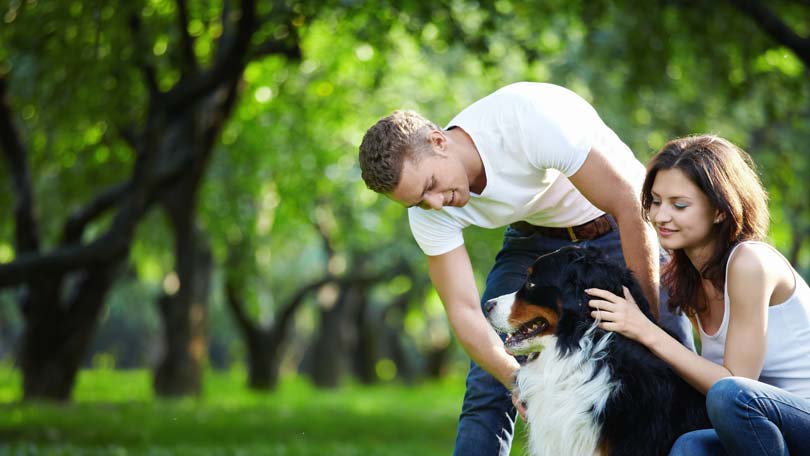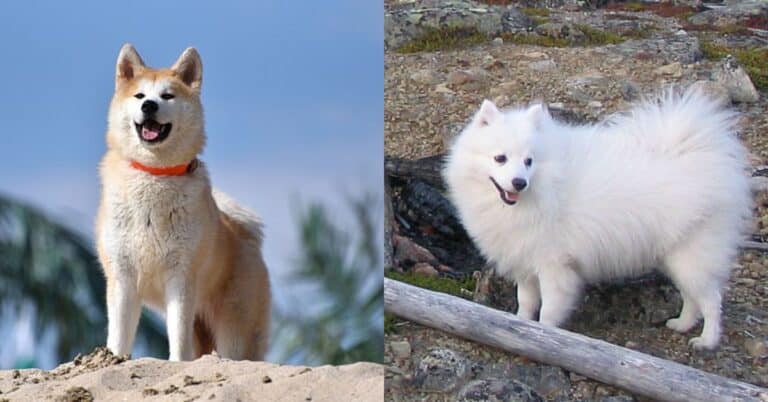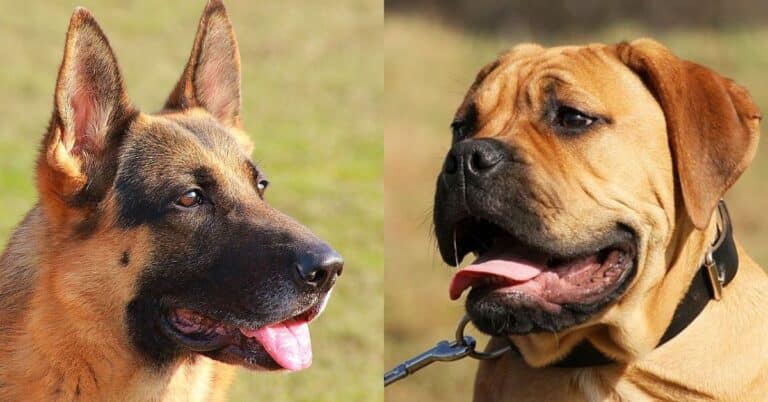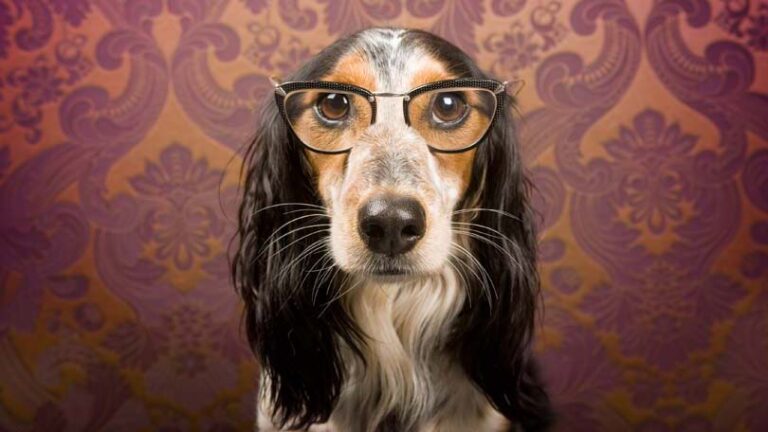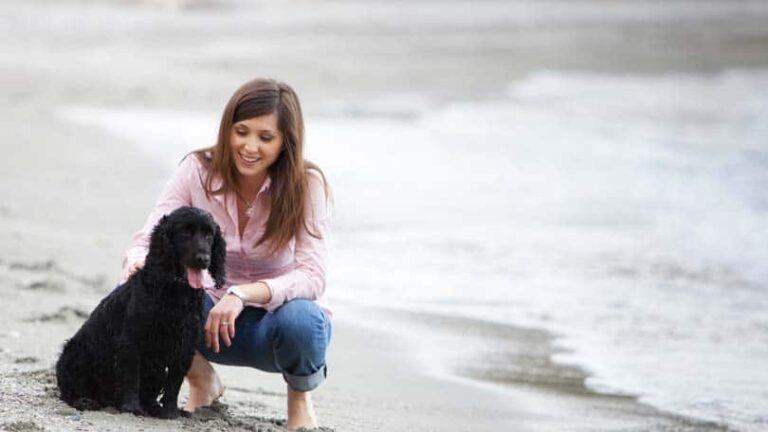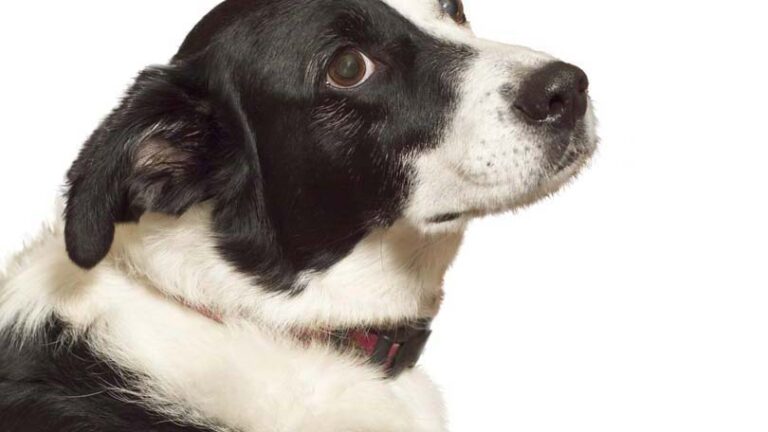Selecting a Dog
Whether it is the kids relentlessly pestering you about getting a dog or a quiet need to share your life with a four-legged friend, there are many things to consider before picking a dog and bringing home your new bundle of fur and energy. Making the wrong choice in breed or not accurately evaluating your own situation can lead to heartache for both you and your new family member.
Adopting a dog is for the life of that dog, but too often people act hastily in their decision and do not properly assess their wants, needs, lifestyle, and limitations. It is nearly impossible to resist that cute puppy in the window but what happens when it grows into a 100-pound hairy behemoth that refuses to listen to you? If you had asked yourself whether a large breed suited your home, whether an hour a day of grooming was realistic, or whether you had the personality to handle a headstrong and stubborn dog, you might not have found that cute puppy quite as enticing.
Size, Energy Levels and Grooming
The size and energy level of the dog, or potential size and energy level if it is a pup, is the first place to ask yourself some tough questions when picking a dog.
People often think small dogs require less space as well as less exercise but that is not always the case. Many large breeds adapt well to apartment living because their very nature is that of a couch potato! Meanwhile, many small breeds have extremely high energy levels that will drive you, and your neighbors, crazy in an apartment.
Do not be sold on the size of a breed but research more about the energy levels when picking a dog. You will find in many cases it is easier to live with a sixty-pound Greyhound then a fifteen-pound Toy Poodle.
Energy level is important outside of the house as well. Do you have the time to exercise properly a high-strung Border collie? Or a Jack Russell? Or a Border terrier? Or that fifteen-pound Toy Poodle? Or would you prefer something more on the mellow side such as a Basset Hound or a Pekingese?
Grooming is another consideration people do not often consider when researching breeds. Most medium to long haired breeds require some weekly if not daily grooming and if you would rather be spending your time throwing the tennis ball then throwing a comb over your pooch, you might want to look at the shorthaired breeds such as a Beagle, American Staffordshire terrier, English Pointer or Vizsla.
Some breeds look like they have short to medium length hair but if you look deeper, they have a thick undercoat and during their twice yearly shed, that undercoat becomes a nightmare to live with, requiring brushing daily to keep under control. German Shepherds, Labrador retrievers, Australian Cattle dogs, and Rough Collies fit into this category.
Breeds with medium to long hair such as the Border collie, Golden Retriever, Australian shepherd, and Nova Scotia Duck Tolling Retriever all have a ‘wash and wear’ coat. Although they require weekly brushing, their coat is surprisingly easy to maintain as long as you own a good vacuum cleaner to keep the house clean.
Longhaired breeds or breeds with an especially thick undercoat require daily brushing to keep their coat clear of mats and tangles. These breeds include the Pomeranian, Pekingese, Samoyed, Alaskan malamute, and Sheltie.
Last are the breeds that require special grooming – Poodles, Bichon fries, Afghan hounds, most terriers, Shih Tzu, Lhasa Apsos, and many of the Spaniels. Do you have the budget for taking your dog to the groomer every three to five weeks? Are you able to keep up with much of the grooming yourself? Is this a challenge you want in your life?
Temperament Considerations
Temperament is a major consideration and as most breeds have certain personality traits, you are able to narrow down your list of what you are looking for by deciding what temperament best suites your needs.
An undervalued tool for determining breed temperament is to look at what they were originally bred to do and then looking at how that will fit into your lifestyle.
Hunting dogs worked with people and their temperament is generally confident, trainable and adaptable. Herding breeds are blessed with the same ideal qualities although they often have a bit of obsessive-compulsive behavior thrown in and it is harder to live with a dog that insists on herding the children then retrieving the ball. Hunting is also a quiet pursuit where as many herding breeds contain their flock by barking and although you may be able to limit their barking a bit, you can never break their instinct entirely.
The working breeds cover a wide range of ‘jobs’ including guard dogs, flock guardians, carters, war dogs, water dogs and sled dogs. Much like the barking in herding dogs, many of these breeds retain the instinct for their job such as the Newfoundlands love of water and the Siberian husky that refuses to learn to walk nicely on a leash. These are often easy traits to live with however and usually working dogs have an above average intelligence and a strong desire to work with their humans.
Hounds are broken into two groups – sight hounds and scent hounds. As the names imply, sight hounds chase the things they see. These breeds include the Greyhound, Whippet, Irish Wolf hound, Rhodesian ridgeback, and Afghan hound. Scent hounds chase what they smell such as the Bloodhound, Basset hound, Beagle, and Dachshund. Both make wonderful pets as long as you understand that their instinct may have them chasing the neighbor’s cat or following a deer trail in hot pursuit. A leash is often a hound’s best friend.
Terriers are the earth dogs and hunters that go to ground for their owners. Too often people forget that terriers are, and always will be, a hunting dog that was bred to not only find the prey but also kill it themselves, unlike the bird dogs or many of the hound breeds. Terriers are independent, stubborn and feisty which is part of their appeal – they are always their own dogs first! They make wonderful pets for people that are able to curb that independent streak and work to encourage the stubbornness into something useful.
Toys and non-sporting breeds are dogs that never had a job or, if they did, they do not fit into any other class of breeds. Dalmatians always accompanied the fire brigade and the Bulldog was a bull-baiting breed but these are not typical jobs. Toys are either miniatures of the full-size breed or just a diminutive breed all on their own. Toys were bred to be companions first and maybe this is the most important job of all as they are often entertaining clowns that love all people and live to be with their humans 24/7.
Most people want a happy, easygoing dog that gets along well with friends, family and other dogs. Breeds that fit that description are Labrador retrievers, Golden retrievers, Portuguese Water dogs, Pointers, Boxers, Bull terriers, Bernese Mountain dogs and many medium to large size breeds. Owners treat medium to large breeds like real dogs and are expected to be socially acceptable by both the four-legged and the two-legged public. Although small breeds have the reputation of being nervous around other dogs or strangers, they have good reason – every time someone or some dog approaches, their owner picks them up. Their owners shunt their socialization and instead of a well-rounded socially acceptable dog, they have a yappy, nippy, nasty little dog that no one but the owners want to be around.
Purebred or Mutt
Choosing whether a purebred or mutt best suites your lifestyle is a personal choice when picking a dog. Many people choose purebreds because you are more likely to get what they were expecting in temperament, size, grooming requirements and energy levels. Purebreds are more likely to be consistent.
However, a mutt or crossbreed can be just as good, if not better, because they often take the best of both breeds. A Labrador retriever and Border collie cross can have the trainability, intelligence and size of the Border collie with the amiable, good-natured personality of the Lab. Mix in the shorter hair of the Lab and you have the perfect dog!
That would be one pup out of the litter. Another pup could be a Lab-sized, high-strung, longhaired dog that insists on not only herding the children but also retrieving the ball incessantly. With a mutt, you take your chances.
Before you pick a dog, spend some time doing some research and asking yourself those tough questions – do you want to spend time grooming every day, do you have the time to exercise the dog two hours each day, do you want an easy going dog or one that will guard the children when they play outside? The more research you do, the happier you will be with your choice and, more importantly, the more contented and well rounded your dog will be throughout his long and happy life.

Having discovered a fondness for insects while pursuing her degree in Biology, Randi Jones was quite bugged to know that people usually dismissed these little creatures as “creepy-crawlies”.

